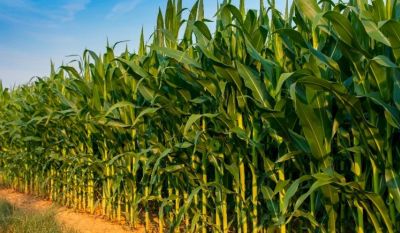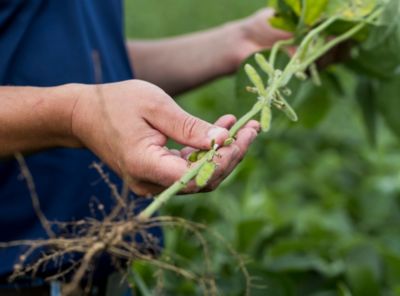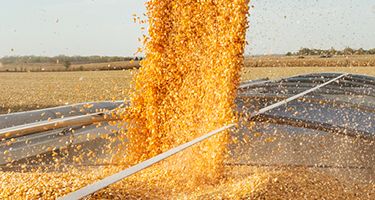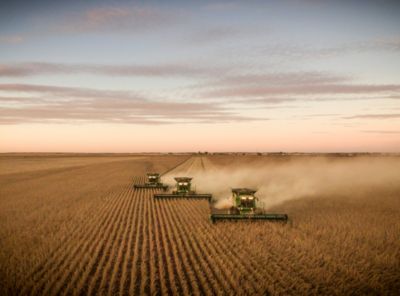Fungicides need to be applied prior or in early stages of the disease infection and may prevent infection for 2-3 weeks after application. Therefore, fungicides need to be applied when the risk of infection is high.
Tar spot forecasting models are useful tools for identifying when the risk of infection is considered high. Combining these new technologies with tolerant hybrids and effective, well-timed fungicides will provide the best management of tar spot.
“ Current Ontario and U.S. data indicates that fungicides applied between tasseling (VT) and silking (R1) will provide more consistent control of tar spot when the risk of infection is high. Fortunately, this is also the optimum application timing for other common leaf diseases like northern corn leaf blight and a targeted green silk application for Gibberella ear rot (DON)."
– Albert Tenuta, Field Crop Pathologist, Ontario Ministry of Agriculture, Food and Agribusiness
While certain fungicides have shown effectiveness, proper application methods and timing is critical for successful management. Be sure to consider your farm’s risk for other diseases like northern corn leaf blight, Gibberella ear rot and DON mycotoxin risk in fungicide selection and application timing decisions.










